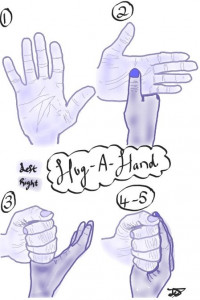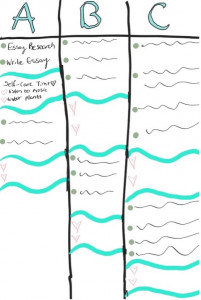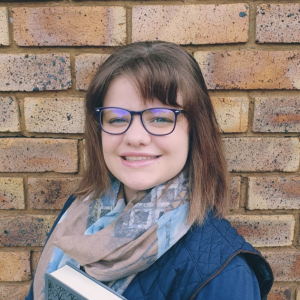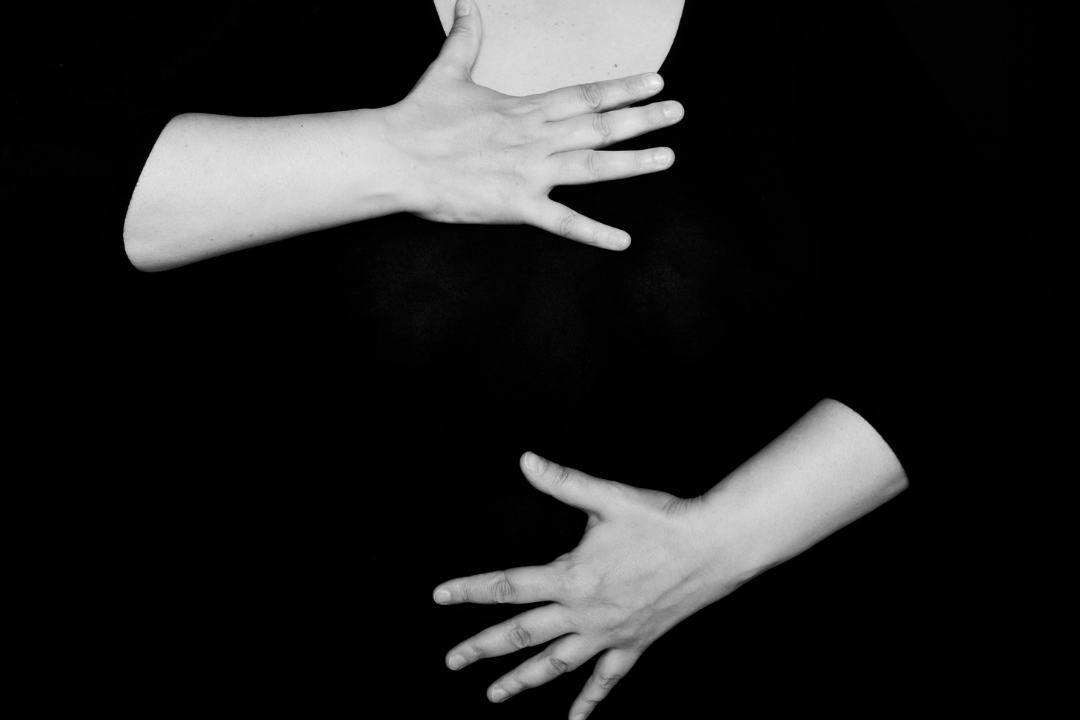Share This Story, Choose Your Platform!
Confronting Anxiety
What is Anxiety?
Anxiety is the feeling of constant fear or dread in which symptoms includes nausea , dizziness, shortness of breath, sweating and a rapid heartbeat. It can negatively impact a person’s daily living as it may cause a hindrance within certain circumstances (Cleveland Clinic, 2020).
In South Africa(SA), a study done in 2023 indicated that “17.8% of South African respondents had probable anxiety” and “More than a quarter (25.7%) of respondents reported moderate to severe symptoms of probable depression” ( Craig , 2023) . Thus, demonstrating that anxiety and depression is prevalent amongst South Africans, more specifically those who are “ retired and older than 65 years; widowed, divorced or separated; living in metropolitan areas; and with only primary school education” ( Craig , 2023).
Causes
Researchers don’t know exactly what causes anxiety but indicated that it is a combination of the following factors that plays a crucial role (Cleveland Clinic, 2020):
- Chemical Imbalance– experiencing severe or long-term stress may change the chemical in the brain (which controls your emotions), thus it can lead to an anxiety disorder developing.
- Environmental factors– undergoing a traumatic event may trigger an anxiety disorder, especially if there is a predisposition for it to develop.
- Heredity- anxiety disorders most often are inherited from parents.
Managing Anxiety
One does not have to be diagnosed with an anxiety disorder to feel anxious. Everyone at some point in their lives, has experienced anxiety as it is a normal reaction to feel overwhelmed in stressful situations; but it is how we deal with these moments that will either impact us positively or negatively.
Breathing techniques/ exercises are a fantastic way to elicit a relaxation response in which you begin to slow your breathing, which in return makes you feel calmer. However, we are all unique and these breathing techniques may work for one person but not another, and that it alright! From personal experience, these breathing techniques don’t work for me as I tend to get dizzy quite quickly. The following two methods are ones I myself have used and found to be beneficial.
(For those who would like to make use of breathing exercises, here are 8 Breathing Exercises to Try When You Feel Anxious – https://www.healthline.com/health/breathing-exercises-for-anxiety).
- Hug-A-Hand Method
As breathing exercises are not for everyone, the hug-a-hand method is something that can be used in place of the exercises, and involves the following steps:
- Open your left hand so that you palm is facing you.
- Take your right hand and place your thumb in the middle of you left hand/palm.
- Close your left hand around your thumb.
- Close your right hand around your left hand.
- Gently apply pressure with your thumb. Focus on that feeling. Close your eyes if you feel comfortable doing so. You can take a deep breath if that will help, but mainly focus on the pressure feeling on your palm. It may end up feeling like someone is holding your hand, and that is the hoped for outcome.
- Do this as many times as needed or hold until you start to feel relaxed.
( Please see illustration below for guidance)

Figure 1: Hug-A-Hand By JT
Anxiety may be triggered by various social events, such as going out shopping, interviews, standing in front of an audience etc. but it may also be triggered by the fear on not getting things done on time; as “… anxiety doesn’t come from thinking about the future but from wanting to control it “-Hugh Prather, “Notes to Myself”. Thus, making To-Do lists are great as they really help in putting down everything that needs to be done however, they can become overwhelming very fast. This is where the ABC method can come to the rescue.
- ABC Method
The ABC method is very similar to a To-Do list; however, the difference is that it allows for tasks to be broken down into smaller chunks while including some self-care as well( this can be anything that you enjoy doing or just used to take a break). It can be set-up in the following way:
- Draw or create three columns and label them respectfully A, B , C.
- Under column (A) place all the most important tasks that need to be done. These essentially are all the tasks that need to be completed ‘today’. Depending on how many tasks need to be completed, spilt them throughout the (A) column with a self-care time in-between. For example, have 2 tasks, self -care time, 2 tasks.
- Under the (B) column place all the tasks that are important but don’t need to be done immediately, with this column the rule of thumb is that the tasks have 2-3 days deadline. Importantly remember the self-care time in between the tasks! For example, have 2 tasks, self -care time, 2 tasks.
- Lastly column (C) is for the tasks that are not so important/urgent, that have more leeway regarding the time frame, about 4-5 days. Once again remember the self-care time in between the tasks!
( Please see illustration below for guidance)

Figure 2: ABC method by JT
On reflection, anxiety is the overwhelming feeling of fear or dread that can negatively impact a person’s day to day living and although the exact cause of anxiety is not given, the combination of chemical imbalances, environmental factors and heredity plays a role in the development of anxiety. Anxiety causes overwhelming feelings, emotions and thoughts to arise, but you have the tools and the strength to overcome these feelings as James Clear states “ Anxiety isn’t you. Its something moving through you. It can leave out the same door it came in” (Gerten, 2022).
References
Cleveland Clinic medical Professional. (2020, December 12). Anxiety disorders: Types, causes, symptoms & treatments. Cleveland Clinic. https://my.clevelandclinic.org/health/diseases/9536-anxietydisorders#:~:text=Anxiety%20makes%20it%20difficult%20to,plan%20that’s%20best%20for%20you.
Craig , A. (2023, March 9). Depression, anxiety and childhood trauma: South African study explores links, prevalence and who’s most at risk. The Conversation. https://theconversation.com/depression-anxiety-and-childhood-trauma-south-african-study-explores-links-prevalence-and-whos-most-at-risk-196058#:~:text=Our%20survey%20suggests%20that%2017.8,the%20lowest%20prevalence%20(8.6%25).
Gerten, K. (2022). Quote 16: Mantra for anxiety: Anxiety is not you. It’s something moving through you. It can leave out of the same door it came in. – James Clear. https://www.youthdynamics.org/its-exhausting-16-quotes-illustrating-life-with-anxiety/. Retrieved July 31, 2023, from https://www.youthdynamics.org/wp-content/uploads/2022/03/Quote-15-Anxiety-is-not-you.-Its-something-moving-through-you.-It-can-leave-out-of-the-same-door-it-came-in..png.
Author: Jessica Trollip



